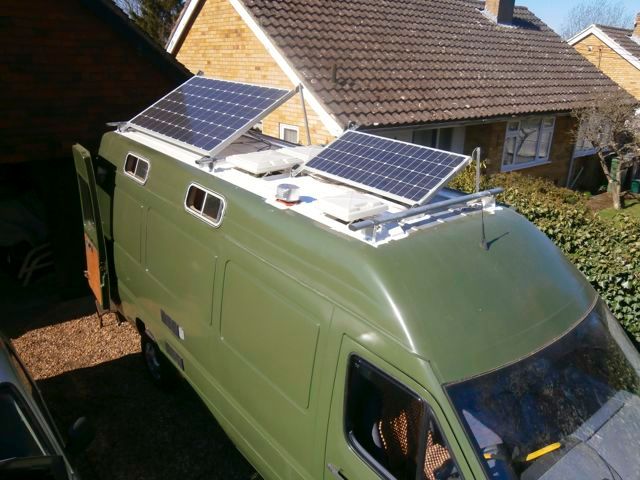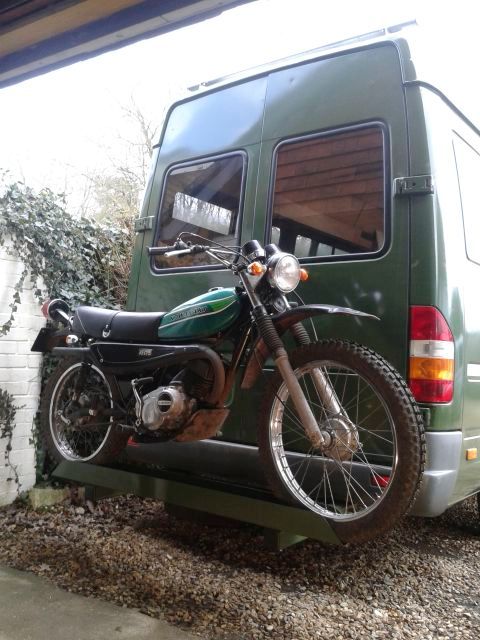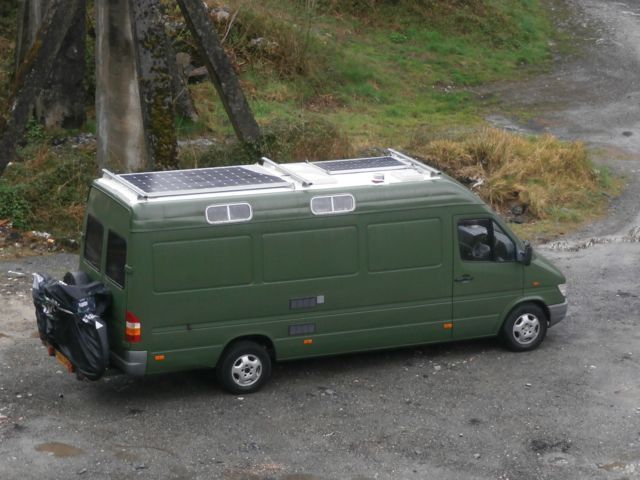Hi chaps.
I've got a high power quality inverter in my camper van. It produces a modified sine wave, not pure.
I have four large leisure batteries and 390 watts of solar on the roof.
I successfully charged the SLA batteries on my ebike for weeks on end and wasn't too fussed about any outcome because the charger was a cheap one. No ill effects.
The new equipment that I am about to start playing with is a whole other story. It's rather more expensive so I don't want to damage anything with the modified sine wave.
It's a 14S 10Ah 58.8v lithium polymer 150A max discharge battery pack inc. 3.5A fan cooled charger
(What does the 14S bit mean by the way?)
"It has a balance BMS (Battery management system) built in. This monitors and balances each cell, and also offers short circuit, under voltage over voltage and over-temp protection.
The battery charger is the latest model which is CE certified and fully protected too, it's a true "smart" charger and much more sophisticated than most available. Besides all the normal safety features you would expect it will even detect a fault in the battery pack like high resistance."
It hasn't actually arrived yet so this is the best photo I have right now:

Any experiences or info would be much appreciated.
Many thanks.
I've got a high power quality inverter in my camper van. It produces a modified sine wave, not pure.
I have four large leisure batteries and 390 watts of solar on the roof.
I successfully charged the SLA batteries on my ebike for weeks on end and wasn't too fussed about any outcome because the charger was a cheap one. No ill effects.
The new equipment that I am about to start playing with is a whole other story. It's rather more expensive so I don't want to damage anything with the modified sine wave.
It's a 14S 10Ah 58.8v lithium polymer 150A max discharge battery pack inc. 3.5A fan cooled charger
(What does the 14S bit mean by the way?)
"It has a balance BMS (Battery management system) built in. This monitors and balances each cell, and also offers short circuit, under voltage over voltage and over-temp protection.
The battery charger is the latest model which is CE certified and fully protected too, it's a true "smart" charger and much more sophisticated than most available. Besides all the normal safety features you would expect it will even detect a fault in the battery pack like high resistance."
It hasn't actually arrived yet so this is the best photo I have right now:

Any experiences or info would be much appreciated.
Many thanks.









